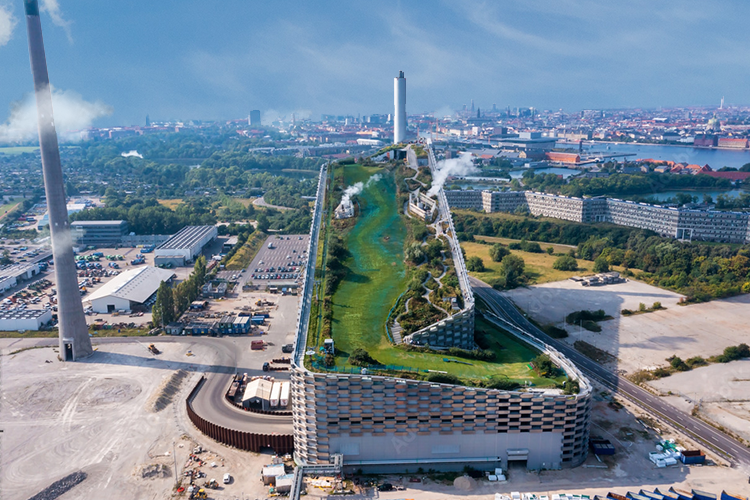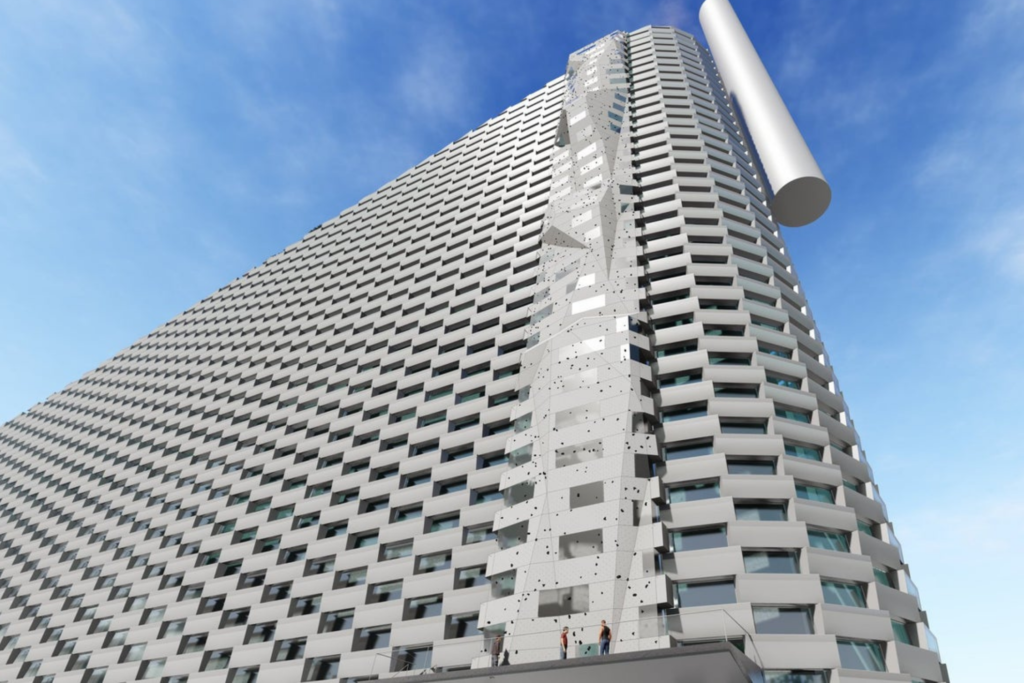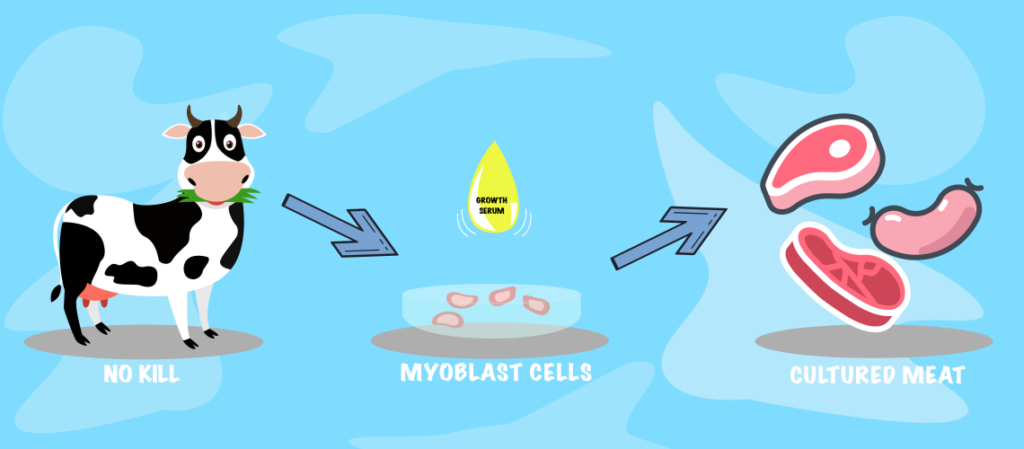
It took me just one Netflix episode that I watched a couple of years back to get hooked onto this whole concept of ‘hedonistic sustainability’ and what all goes inside Bjarke Ingels’ head. He is this architectural alchemist who believes in mixing and matching elements for the projects he comes up with. Architecture for him is like what you do in the movie Inception – building in dreams but then you actually turn that pure fiction into concrete reality! It has been a fun ride since then to know more about him and what all he is working on.
In this 21st century, firms can’t afford to not jump on the whole sustainable and eco-friendly bandwagon of architecture. Any sustainable structure that is built nowadays has to take into consideration many factors such as carbon footprint, its effects on the surroundings, climate, human habitation as well as the surrounding flora and fauna.
BIG – Bjarke Ingels Group founded by Bjarke Ingels is one such firm with an aligned mindset and sustainable goals that turn dreams into concrete jungles which seem just like a part of the ecosystem.
Concept
Ingels’ concept of “hedonistic sustainability” is what made BIG win the competition for designing Amager Bakke – the cleanest waste-to-energy power plant, that doubles as a man-made hill, located on the outskirts of Copenhagen, Denmark. It is an economically, ecologically and socially sustainable project. “Amager” is the name of the island and “Bakke” in Danish stands for ‘hill’.
The Amager Bakke or Coppenhill is constructed around this idea of “hedonistic sustainability” which believes in increasing quality of life rather than sacrificing it, just for the sake of sustainability. “Restrictions and setbacks in quality of life are not long-term solutions for reaching the goals we all strive for,” as said by Ingels, perfectly paints the picture of what hedonistic sustainability really stands for.
The Amager Bakke is an amalgam that incorporates human presence and leisure into an industrial process like waste management. It is a new and the highest addition to the beautiful skyline of Copenhagen.
What does it look like?
Amager Bakke is an exemplary model of architecture for its efficiency and integration of natural factors into an industrial structure. Instead of being an eyesore (as we expect a dump yard or landfill to be), the urban design of Amager Bakke now actually serves as an architectural landmark.
The facade of the structure is cladded with aluminium panels that mirror the cityscape and change colours, reflecting the hues of the sky during the daytime. They even double as planters that create vertical gardens. The aluminium panels are positioned in a calculated checkered pattern that allows the natural daylight to illuminate the working area inside the facility until artificial lights are lit after the sun sets.
What goes on inside the building?
‘One man’s trash is another man’s treasure’. But what if I tell you that your trash can be your own treasure? Yes, that is exactly what is inside the plant of Amager Bakke. Trash and discarded waste, from five municipalities surrounding Copenhagen, that cannot be recycled further, is received every day. Technical solutions enable innovation and evolution on such a large scale.
Around 440,000 tonnes of waste received per year is turned into electricity using steam turbines and also a district heating system that is delivered to 680,000 people – which is half the population of Arunachal Pradesh!

Copenhill
The hybrid model of the plant establishes a relation between the building and the Danes. The rooftop of the facility offers a variety of recreational activities for everyone visiting there. You can be a skier, runner, hiker, climber or maybe you just want to hang out here with your friends over the weekend; this place is always brimming with joy and opportunities.
Denmark has snow every year but you couldn’t ski – that is, until BIG came into the picture and voila! – you now have a dry, colour coded ski slope that is the size of an Olympic half pipe! Amateurs and children can ski down from the lower part of the slope and advanced and professional skiers can go all the way up and glide down the whole slope made up of specialised Neveplast. It even has a slalom course!
There are a total of four elevators, including a glass elevator that gives you a breathtaking view of Copenhagen and even a look inside the facility, the working of the machines, by just turning your head around.
The 500 meters hiking and running trail atop the plant, lining the ski slope from the left side can be a breath of fresh air for people and an escape from all the workload. A restaurant and kids’ area is also available to accommodate visitors of every age group.
And, if you’re still not convinced enough, wait a second – Copenhill has the tallest artificial climbing wall in the world. The largest vertical facade of the plant supports an 85m climbing wall, for all that adrenaline rush!
The roof is hikeable, the slopes are skiable and the facade is climbable – something we could’ve only imagined so far but can now experience. A whopping number of 3 lakhs people visit Copenhill annually!

Biodiversity and Climate
The plant acts as a green pocket, having its own share of flora and fauna lining the whole facility. BIG included a lush biodiverse landscape on top of the plant that helps with natural cleaning of the air particulates, contributes to heat absorption and reduces storm water runoff.
Being named the cleanest waste-to-energy plant, Amager Bakke is installed with some cutting-edge machinery and gears that make the whole incineration process empathetic to nature. The plant takes care of the harmful Nox (nitrogen oxides) emissions with the help of an ‘electrostatic precipitator’ (ESP) and ‘selective catalytic reduction’ (SCR). All this is possible as the plant uses ‘flue gas condensation technology’ to take care of what is released into the air after the waste is incinerated.
Lastly, if you’ve read the whole article and are still pondering which Netflix series is at the back of your mind, it is “Abstract: The Art of Design”.
Author: Sharmistha Dey
Editor: Neharika Ann Mann
Visual Content: Amit Abhishek

Sharmistha Dey
Author
Sharmistha is a biotech undergrad studying at Shoolini University. Along with keen interest in biology, she is also fond of technology, history, art and culture. Giving is receiving, and her blogs are aimed at giving you bits of information whenever you read because, in her own words, “brain food is the most important meal”.

